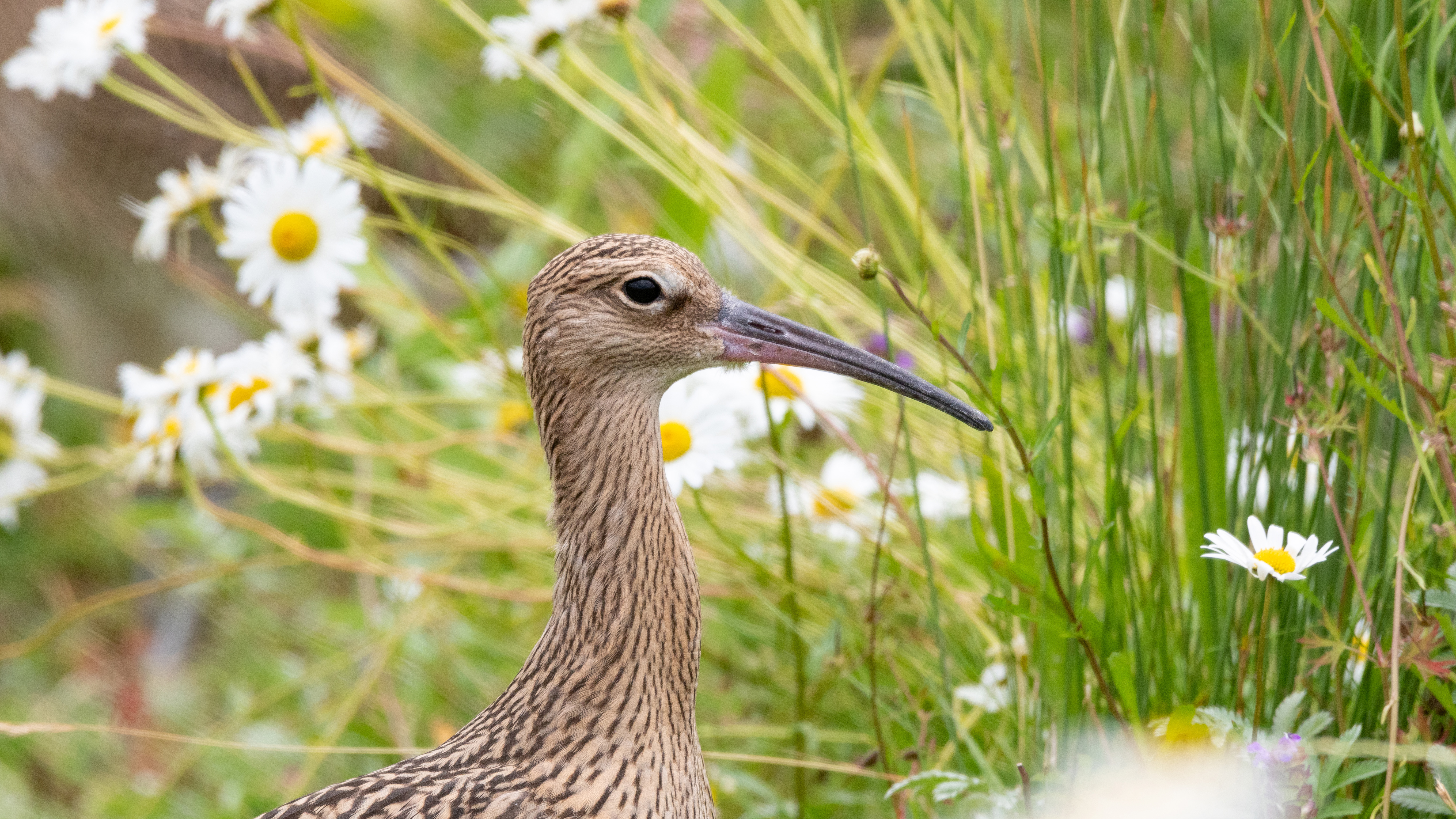Hand-reared curlews released at Slimbridge
Dozens of hand-reared curlews have been released onto the Slimbridge reserve as part of a trial to conserve the species in lowland England.

Dozens of hand-reared curlews have been released onto the Slimbridge reserve as part of a trial to conserve the species in lowland England.
It is hoped that the birds will join endangered wild populations and return to the Severn Vale in the future, boosting the numbers of breeding pairs in the area.
The curlew, recently called the ‘panda of UK conservation’ by ministers, could be lost forever in parts of the UK in as little as 15 years, forcing our experts to intervene.
The eggs were rescued from nests on military airbases in Norfolk, where they would have been destroyed, under licence, to protect air safety.
Curlew chicks are able to feed themselves from the moment they hatch. However they will freeze when they’re in danger which makes them particularly vulnerable to farm machinery and prey.
Even in healthy populations, only a small proportion of chicks will survive to fledge. Protecting them during this vulnerable stage and releasing them into the wild once they can take flight boosts the number of fledglings produced by a population, a technique known as 'headstarting'. This is just one element of the project which also involves working with farmers to protect nests and chicks by using fencing and changing hay cutting dates.
Over the past few decades, curlews have been struggling to raise their young in the British countryside. Older birds are dying off and there aren’t enough young to take their place.
The curlew decline in the lowlands is likely linked to long-term changes to countryside management. Because they often nest in silage fields, their eggs and chicks are prone to being destroyed by farm equipment. The eggs and chicks also suffer extremely high rates of predation, particularly from foxes and crows, which are more widespread in Britain than elsewhere across Europe.
Curlews are now classed as a Priority Species in the UK and were added to the Red List in 2015.

The project aims to work out how to protect curlews in the south west of England and share these methods with other areas where the birds are struggling.
WWT has already used the technique to boost blck-tailed godwit and common crane numbers in the UK as well as spoon-billed sandpiper numbers in Russia. This year, it is also supporting the work of Curlew Country in Shropshire who first headstarted curlew in 2017.
The headstarting trial is a joint effort by WWT, Natural England, the Defence Infrastructure Organisation and the RAF.



